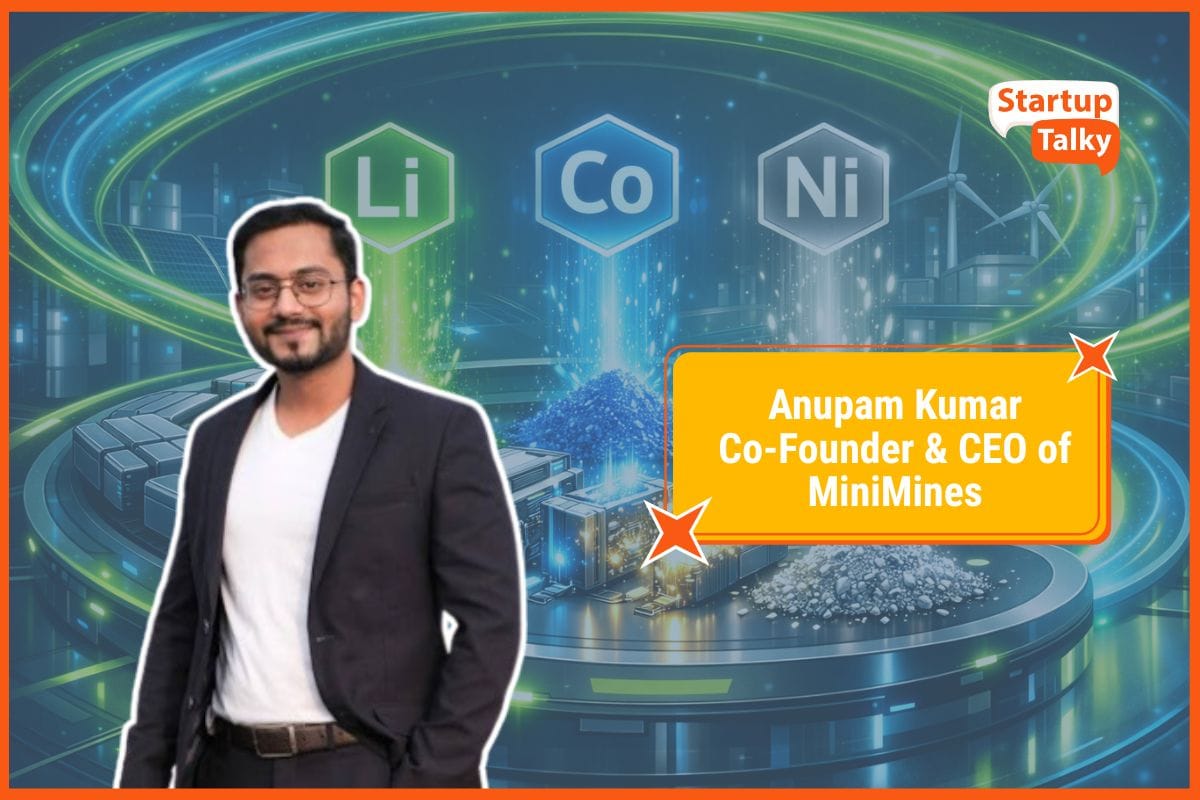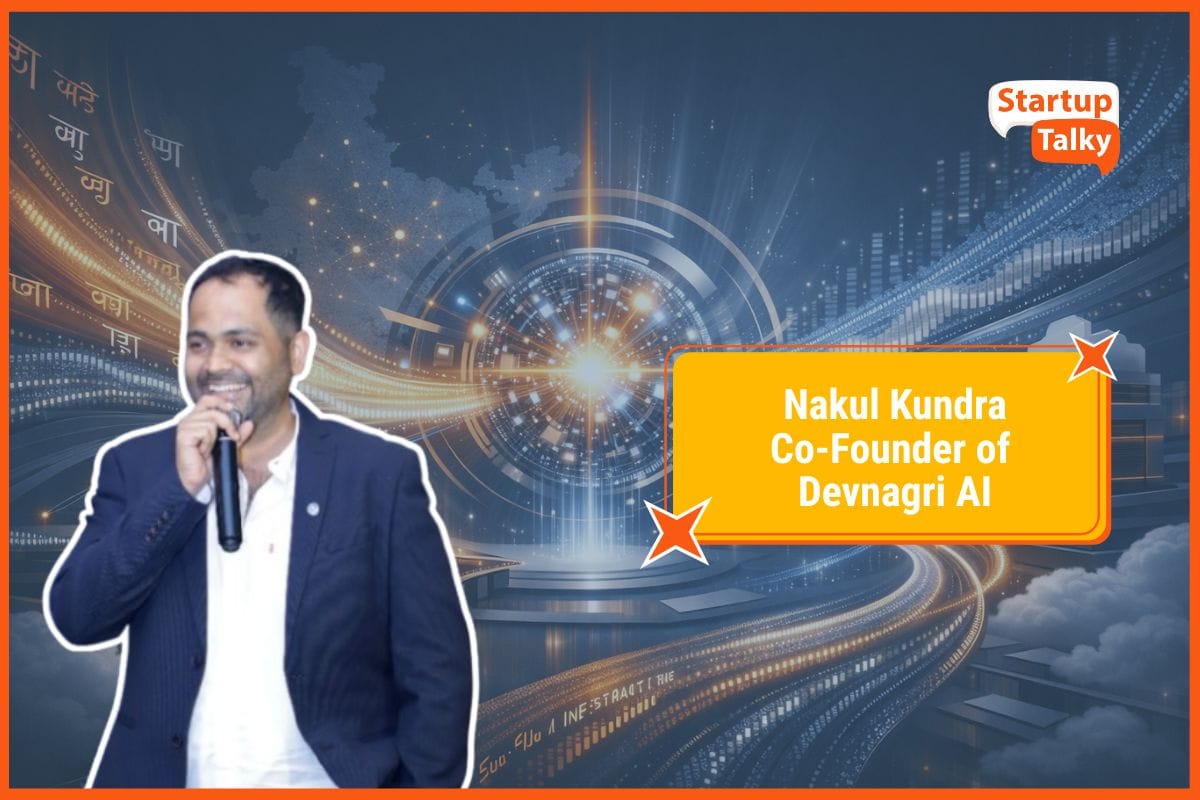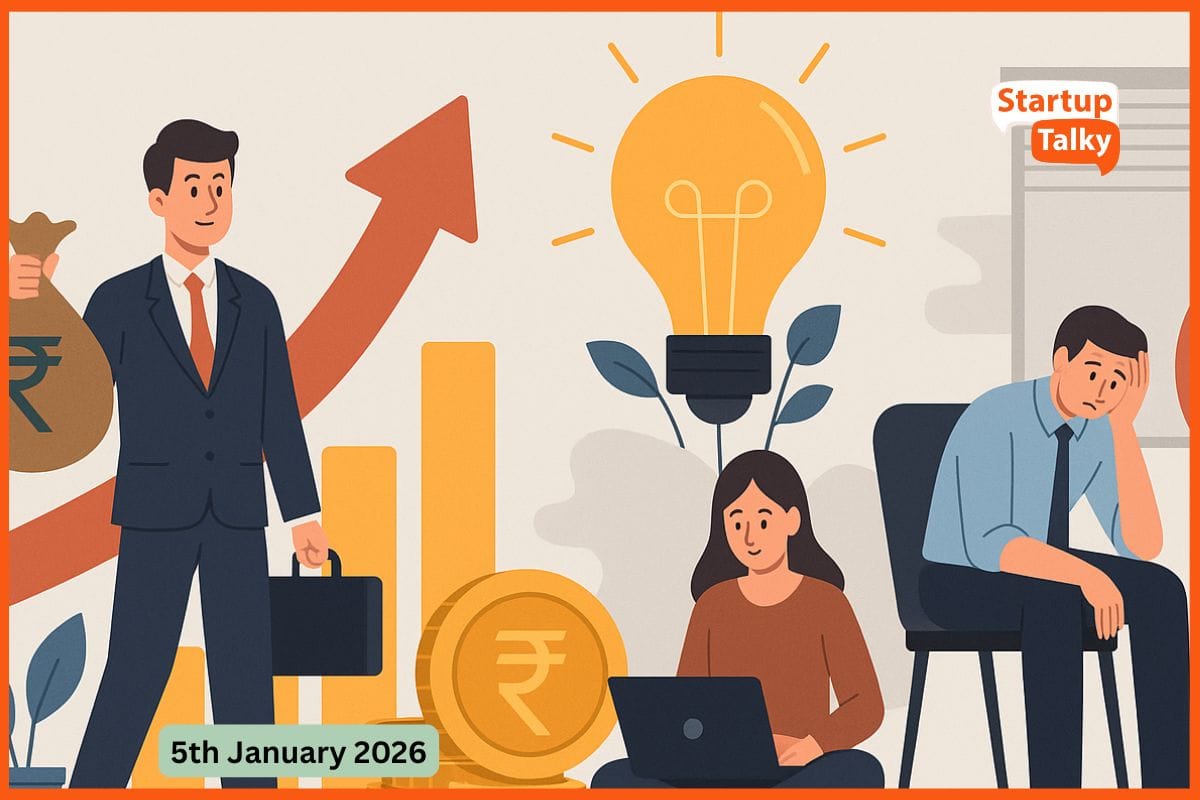What Should You Know Before Developing Backend for Your E-commerce Website?
📖 Learning
Before establishing any e-commerce website, or any web application, we should establish a fully functioning system before kicking off. If we do not do our homework in setting up this system, we would face a lot more difficulties as time progresses.
They are two main components that come to play when it comes to setting up this system- Frontend development and backend development .
Examples of frontend-based technologies are HTML (HyperText Markup Language), CSS(Cascading Style Sheets), Angular.js, React.js.
What Is Backend Development?
What are the Key Components of Backend Development?
Things To Consider Before Backend Development For Your E-Commerce Website
What Is Backend Development?
They are two main components that come to play when it comes to setting up this system- Frontend development and backend development. Frontend development involves those aspects of programming that the user/client can see and interact with. A frontend developer is to build on the User Interface and User Experience and thus bring those designs to life and thus provide a structure needed for feasible working.
Backend development involves the other aspects of programming which are faced by the server/programmer and are responsible for the smooth functioning of the platform from behind the scenes.
Actions taken by the user/clients are analysed, fetched, and then data is manipulated depending on what is the function of the platform by the backend developer. A backend developer should be well versed in knowing various databases and frameworks which we would discuss in detail.
What are the Key Components of a Backend Development?
The key components of a Backend ecosystem are as follows:
Database Management

A database helps us maintain and process the humongous amount of data, created by the users, that is present in the web application. The backend developer is the one who is responsible for storing, retrieving, updating, and managing the complete dataset.
While the frontend developers do have the option of manipulating data from the Application Programming Interface (API), it is a cumbersome process, and asking the backend developer to manipulate, like say adding new data, through the databases he has is widely seen as a time-saving process.
Examples of databases are SQL, MongoDB, DynamoDB by Amazon, Firebase by Google, etc.
Backend Framework
A backend framework is a foundation where the user has all the foundational tools needed for developing the backend applications in one place together. Thus, they automate all of the necessary prerequisites correlated with backend software development activities.
The advantages are that it reduces the time taken for the whole process and can make it more scalable across various other platforms. Some popular backend frameworks are express.js, Django, Ruby on Rails, etc. And all of these backend frameworks need an environment conducive to work. There comes the role of various programming languages like Python which supports Django or runtime environments, which allows the user to run the language outside the browser.
For example- Node.js, which provides a runtime environment in which JavaScript can run, is the platform on which Express.js runs. These runtime environments, as seen in Node.js, also act as their web servers which turn out to be very convenient. Web servers are a type of software that takes requests from users, scans, and then provides an end product in the form of the requested documents to the user.

Things To Consider Before Backend Development For Your E-Commerce Website

Compatibility
In some cases, the database is way more compatible with the backend framework which makes for smoother implementation and convenience. For example, MongoDB works way better with Express.js(and thus node.js) than SQL simply because there is no specific need for a well-structured schema for MongoDB as in MongoDB the data is represented as a collection of documents rather than tables with foreign keys.
This is why “stacks” exist. Stacks are a set of software subsystems that comprises the various software that is compatible with each other. In web applications, it consists of various components depending on the circumstances. For example, it could include the three backend aspects in the databases, backend platform, and the programming language/run-time environment.
It could also include the front-end (web application framework) or even the webserver. At times, if it works with only a specific operating system, then even that is included in the stack.
One popularly known stack is the “MEAN'' stack(MongoDB-Express.js-Angular.js-Node.js) where MongoDB, Express.js, and Node.js act as the backend components while Angular.js is the front-end component. Alternatively, we can substitute Angular.js for React.js and thus, the “MERN” stack.
Another known type of stack is the “LAMP” stack(Linux-Apache-MySQL-PHP/Python). Here Linux is the specific operating system on which it works, Apache is the Web Server responsible for connecting web browsers to the correct website, MySQL is the database used and PHP/Python is the programming language on which this works. There is also the Python-Django stack which comprises the programming language in Python and the backend framework in Django.
Thus buying into these tried and tested stacks which are compatible with each other makes for smoother implementation of the project. We must also ensure these stacks are compatible with the technology we use, for example, we can’t try to use the LAMP stack on a Mac or a Windows directly without separately installing Linux in it.
Scalability
By Scalability we mean whether the system increases or decreases in performance and cost in face of more application and process demands than what it is used to.
Thus, when building an e-commerce website, we need to be sure of roughly how many users would come to our site at various junctions of time. For example, if the e-commerce site is targeting a low number, but niche customer then it makes sense to use MySQL as database, as it works well when there is a low write/read ratio. If the site is targeting a higher number of users then it is preferable to use MongoDB as our database as it is suited to handling larger and more complex data.
It also makes sense to use JavaScript(.js) backend frameworks more than Python-based frameworks as it allows multithreading, which makes for better scalability. Multithreading is a model of program execution that allows for multiple sequences of programmed instructions to be created within a process, executing all of them independently but at the same time. JavaScript-based frameworks also have more inbuilt libraries which give us a lot more diverse options in hand.
Efficiency
While selecting what kind of technologies we need for our backend framework, we also need to consider how much time it takes for building the process. Like if the e-commerce website has any time constraints then they can quickly launch the product using LAMP, but if we can take a slow and steady approach then it makes sense to go for the MEAN framework as it allows for better performance.

Frugality
We also need to consider the various costs involved in setting up the whole process in the first place. That could be the expenses paid to the developers, or could be the separate cost of setting up the web servers and so on. In the end, all of these depend on the complexity of the task-in-hand. Like, it may take relatively lesser costs for a low-level e-commerce website using JavaScript-based frameworks as all of them can be dealt with by a single or a group of JavaScript specialists. Whereas for say LAMP you need a separate specialist for Apache and then PHP which might bring more costs and more parameters to be considered, thus making it complex.
Security
We also need to consider how secure the back-end frameworks are and be wary of them before incorporating them into our e-commerce website. Like, due to different servers and client codebases, we might allow malicious data to enter while operating through a LAMP stack.
Similarly, privacy issues might prop up if we disable JavaScript and this can be an obstacle in running the MEAN stack. We need to find the optimal solution which does not compromise our security.
Conclusion
Thus, here, we have discussed the various factors which should be considered for the backend development of any e-commerce website. A basic rule of thumb is that for smaller applications it makes sense to go with a LAMP-based stack and for bigger ones, it makes more sense to go for MEAN-based stacks. There might be some innovative developments in the future but for the time being, it makes sense to go with these known frameworks so we can start the business soon.
FAQs
What is backend development?
Backend development refers to the server-side of a software/application that communicates between the database and the browser.
What are the Key Components of a Backend Development?
Key components of Backend Development are:
- Database Management
- Backend Framework
What are the features of an eCommerce website?
E-Commerce Website Features are:
- User-Friendly Design
- Mobile-Friendly Features
- Detailes Product Description
- Several Payment Options
- Customer Support Features
- Sales and Discount
- Users Review Option
Which technology is used in backend development?
Technology used for backend development are:
- Javascript
- Python
- Ruby
- PHP
- C#
- Perl
- C++
Which is the best example of an E-commerce website?
Some examples of the best E-commerce websites are:
- Amazon
- Flipkart
- Ebay
- Walmart
- Snapdeal
Must have tools for startups - Recommended by StartupTalky
- Convert Visitors into Leads- SeizeLead
- Website Builder SquareSpace
- Manage your business Smoothly Google Business Suite





